So you’ve written your book, took some hefty criticism from your reader friends, and edited it countless times until you achieved a pristine and gripping novel. But now what? How do you get your story to the masses without resorting to a printing press?
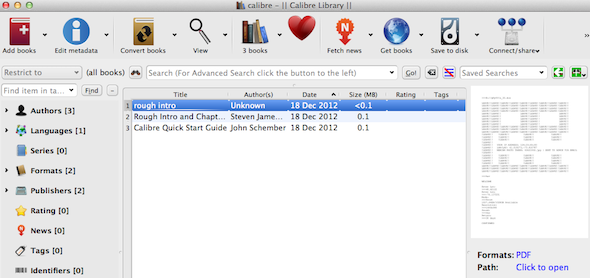
Calibre allows users to take text files and convert them to .epub files to sell on the major online eBook stores.
You can put your books on those tablets devices everyone seems to be purchasing these days. Most of the time, though, you can’t just upload the text file you wrote your story onto and sell it to your soon-to-be fans. You have to convert your book to some type of format supported by the online stores for those tablets.
EPUB
Just convert your book to this file type and follow our guides to get your work on the eBook stores hosted by Barnes & Noble, Apple and others (Amazon prefers users submit .doc and .html files, which they will convert to their own file format). Users will be able to download your book onto their tablets through these stores.
While creating a .epub file may sound daunting at first, it’s rather simple when you follow the steps. The quickest way I found was to import text files into 2EPUB. Just upload your text or PDF file to the site, click through a few prompts, and you’ll have your eBook in no time.
This is a bit of a dirty method, though. Sure, you’ll have your file, but it will be missing many components that are important for an ePub file. By using this website and other online solutions, you will miss out on having cover art for your .epub file, as well as the metadata that users need to search for the details on your book. While some distributors will let you add that data as you submit your book online, it may be a wiser plan to have those features in the .epub file itself.
The most complete method would be downloading one of the many .epub converting programs for whatever computer you use. There are a variety of options, but we recommend Calibre. No matter if you have a Mac, PC or Linux computer, this program will cover everything you need for your .epub file.
The process is a little more complex than 2EPUB, but still pretty easy. Just start up the program, and a prompt will show asking which manufacturer and tablet device you’d like to support with your Ebook. We reccommend not specifying this, since there are so tablets and tablet manufacturers out there. Just select “Generic” for the manufacturer and “Generic e-ink device” for the device, and you should be fine from there.
Next, the library window will pop up. This will house all of the projects you will convert to .epub files. Go ahead and drag your book’s text file into the library. Once the file appears in the library list, click on it so it’s selected. Now, click on the Convert Books option at the top of the window.
You will now be able to customize the .epub file you’re making. Choose an image you would like to use for your digital book cover, enter in the Author and Publisher information and add any metadata you need in the book. There are also many other options to choose while you’re converting your book, like replacing certain words in your book file. If you want to see all that Calibre offers for .epub conversion, check out their online manual.
You worked hard on your story. Now it’s time for readers to see where all that work went to.
What do you use to create your EPUB files?

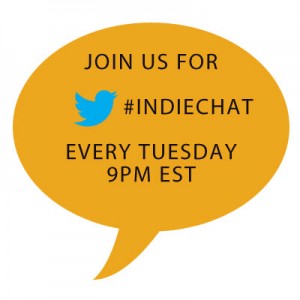
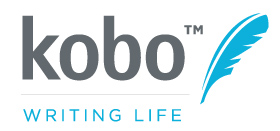
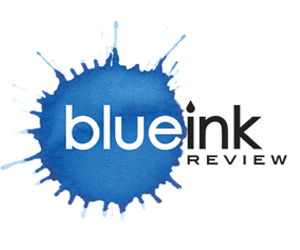

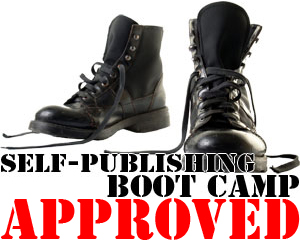
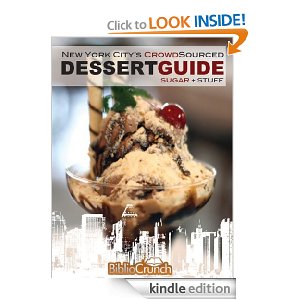
Follow Us!